If you’re ever in Nagaland, you should definitely learn about its tribal culture. Nagaland is a remote state in north-east India, and its people are some of the most fascinating on earth. Nagaland is home to the hornbill, one of the world’s biggest and most beautiful birds. Nagaland is also home to the morung, a traditional wooden boat that is still used today. If you’re ever in Nagaland, be sure to check out its tribal culture.
You can also read my article about why lifestyle of North East India is why so hard based on my own living experience in North East India, you can give it a read from where.
Nagaland is a fascinating state in India that is rich with culture and history. One of the most interesting aspects of Nagaland is its tribal culture.
What is The Tribal Culture of Nagaland?
The Tribal Culture of Nagaland is a rich and diverse blend of traditional beliefs, customs, and practices that are associated with the various tribes that make up the Nagaland people. The culture is characterized by its strong traditions and values, its close-knit communities, and its reliance on oral history. The main sources of cultural inspiration for Nagaland tribal culture include mythology, music, dance, crafts, and language.
The Tribal Culture of Nagaland is a rich and diverse blend of traditional beliefs, customs, and practices that are associated with the various tribes that make up the Nagaland people. The culture is characterized by its strong traditions and values, its close-knit communities, and its reliance on oral history. The main sources of cultural inspiration for Nagaland tribal culture include mythology, music, dance, crafts, and language. These traditions are passed down from generation to generation through storytelling ceremonies , song , art , folklore , genealogy , food habits etc . These practices help to create a sense of community among the different tribes who inhabit Nagaland. While each tribe has its own distinctive culture , there are also many shared elements across all the tribes in Nag
What is The Hornbill Bird?
The Hornbill Bird is a large bird that lives in tropical forests. It is the national bird of the state of Nagaland and is a symbol of Nagaland’s tribal culture The Hornbill Bird is a beautiful creature and is known for its interesting horn-shaped bill.
What Does the Hornbill Symbolize in Nagaland?
The hornbill is a common symbol in many cultures, and in Nagaland it is often seen as a sign of good luck. It is said that the hornbill will bring good fortune to those who see it, and it is also thought to be a protector of the village. The Hornbill bird is a symbol of Nagaland’s tribal culture. The Hornbill bird is believed to be the spirit of the jungle.
What is The Origin of Nagaland’s Tribal Culture?
Nagaland is a state located in the north-eastern region of India. The state is home to the Naga people, who are believed to be one of the original inhabitants of the region. Nagaland’s tribal culture is thought to be one of the oldest in India. In fact, many believe that it predates Hinduism by centuries.
Nagaland’s tribal culture is based on oral traditions and folklore. These traditions and folklore reflect the unique way that Nagas live and interact with their environment. For example, many Nagas believe that they are able to communicate with spirits and other supernatural beings. This belief system plays a significant role in Nagaland’s tribal culture.
Despite its age, Nagaland’s tribal culture is still very alive today. This is thanks largely to initiatives by government officials and cultural activists working to preserve and promote Nagaland’s traditional values and customs.
What are the different tribes of Nagaland?
Nagaland is a state in northeast India. It is made up of seven tribes: Angami, Konyak, Meitei, Mishing, Dimasa, Rangmei and Hima. Each tribe has its own customs and dialects. Nagaland has a rich tribal culture. There are dances and festivals that celebrate important events such as weddings and childbirth.
How is the lifestyle of Naga tribes?
The lifestyle of Naga tribes is very different from that of the majority of the Indian population. The Naga people are passionate about their traditional tribal culture and believe that this way of life is the best way to live. They live in small villages and follow a traditional way of life, which includes worshiping nature and ancestors. The Naga people are very proud of their heritage and take great pride in their traditional clothing, dances, music and art. They use natural resources to survive, such as hunting, fishing and gathering. The Naga people are very friendly and welcoming and enjoy spending time with family and friends.
What is The Relationship Between The Hornbill and The Morung?
Tribal culture in Nagaland dictates the importance of the Hornbill, which is a revered animal. The Morung, or hornbill, is the national bird of Nagaland. The Morung is a symbol of strength and power and is believed to bring good luck and protect its followers from evil spirits.The morung is used in ceremonies and to mark important events in the life of the tribe.
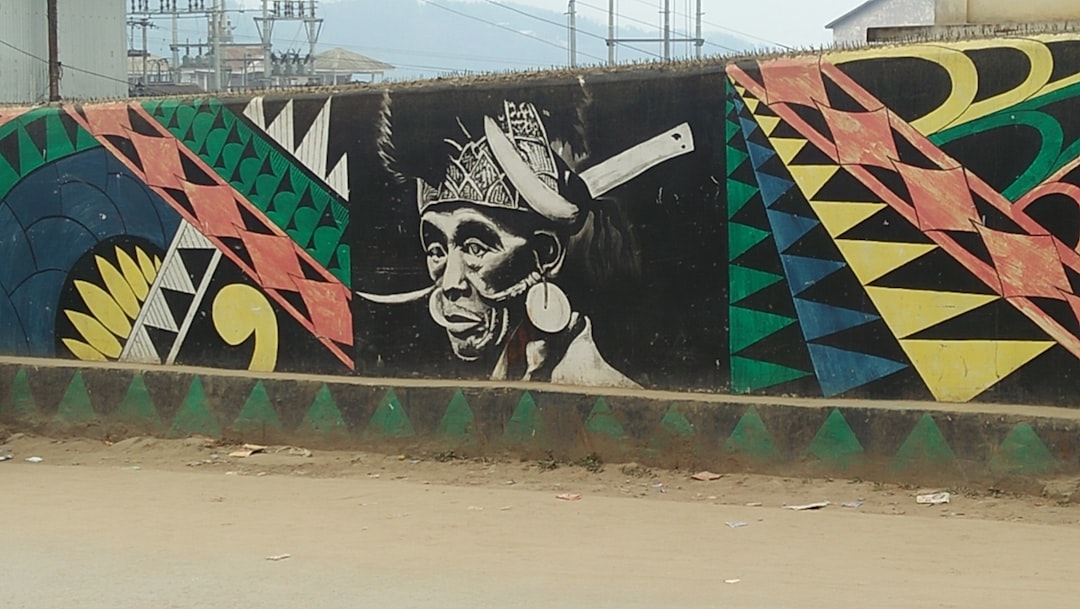 What Are Some of the Customs and Traditions of the Nagaland Tribal Culture?
What Are Some of the Customs and Traditions of the Nagaland Tribal Culture?
Nagaland is a region in the eastern part of India that is home to the Nagas, one of the fifty-seven tribal groups recognized by the Indian government. The Nagas are one of the most linguistically and culturally diverse groups in India, and their traditional culture is rich and varied. Some of the customs and traditions of Nagaland tribal culture include veneration of ancestors, belief in supernatural power, use of divination techniques, celebration of festivals, and use of traditional songs and dances.
Some of the customs and traditions of the Nagaland tribal culture include the following:
-The Hornbill bird is a symbol of Nagaland’s tribal culture.
-The Hornbill bird is said to be the spirit of the jungle.
-Nagaland is a rich and colorful culture that is based on the Hornbill bird.
Conclusion
Nagaland is a fascinating state in India that is rich with culture and history. One of the most interesting aspects of Nagaland is its tribal culture. The tribal culture of Nagaland is based on the Hornbill bird. The Hornbill bird is a symbol of Nagaland’s tribal culture. The Hornbill bird is believed to be the spirit of the jungle. If you ever travel to Nagaland, share your experience with me in the comment section. Or You can mail me from the Contact form available in my blog.





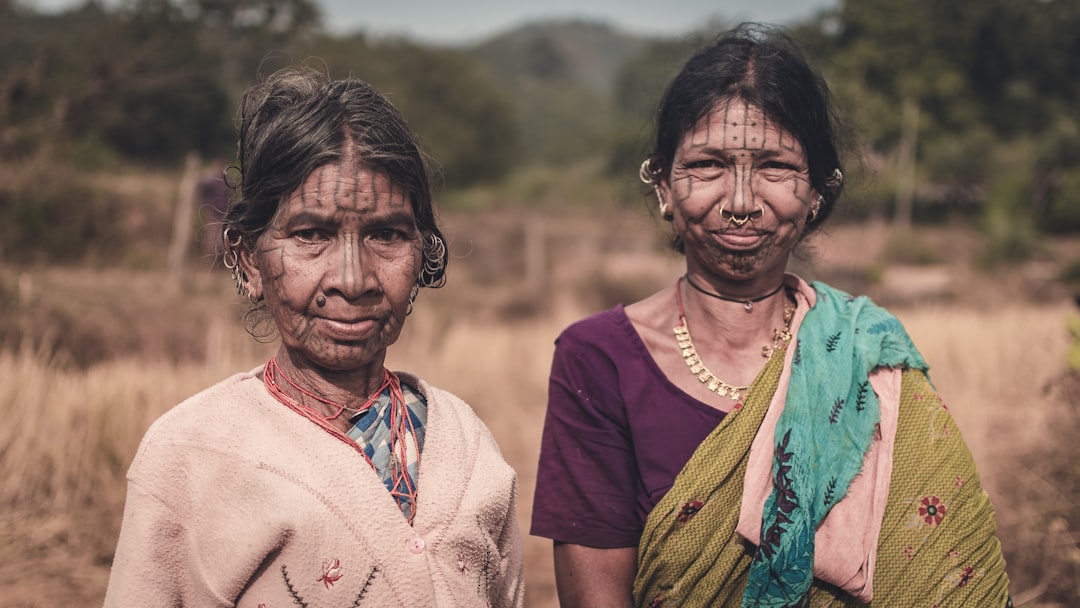
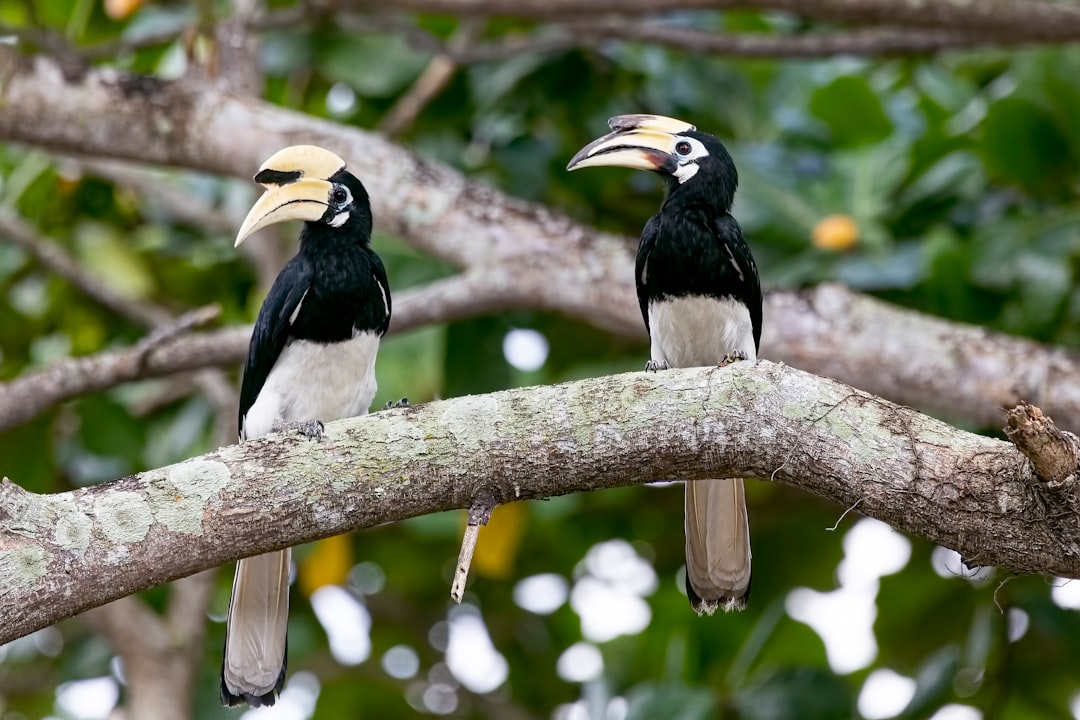
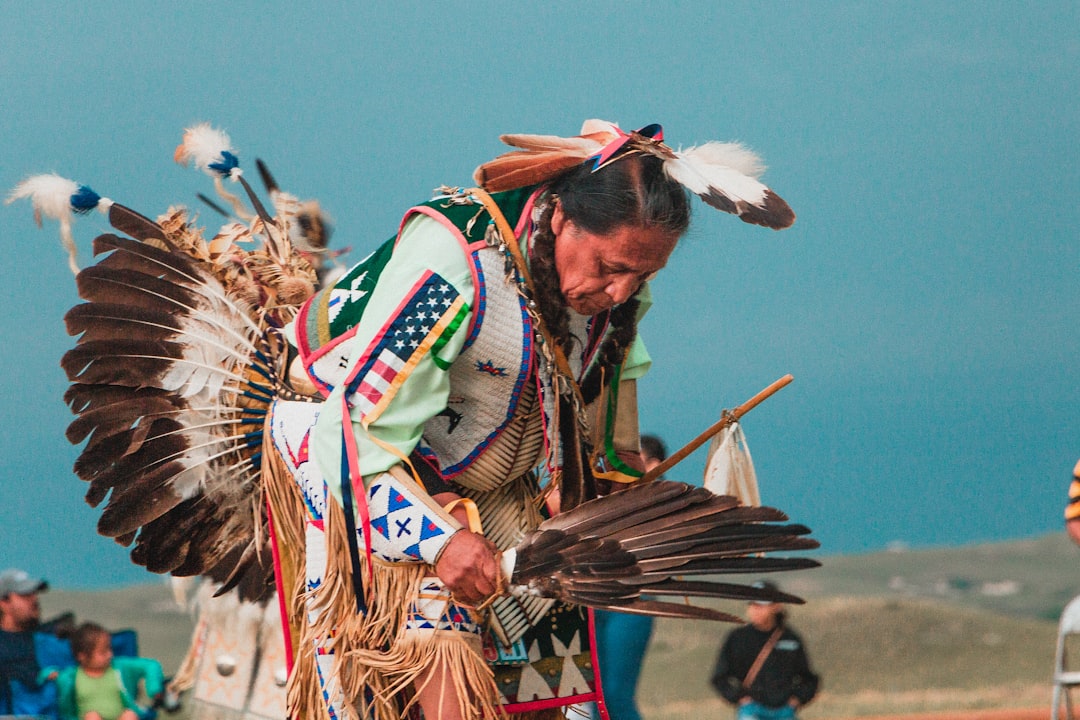
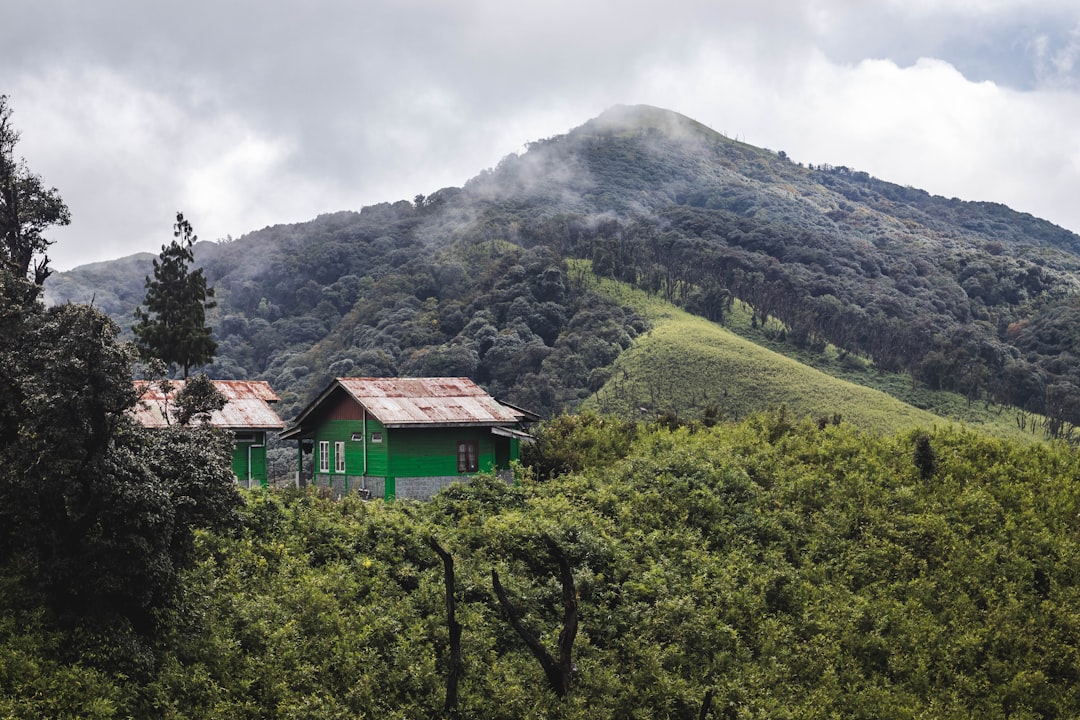



Cardamom Homestay- my trip as a weekend destination
Cardamom Homestay- my trip as a weekend destination
Cardamom Homestay- my trip as a weekend destination
Cardamom Homestay- my trip as a weekend destination
The complete guide to Murshidabad